Rather than benefiting from months of pre-planning, the Global Hamlet project is struggling. In fact, coping with the effects of inadequate preparation for our trip around the world is by no means a surprise. However, grappling with the consequences of our lack of planning often makes this effort unnecessarily challenging. Indeed, as Falstaff points out in The Merry Wives of Windsor, “I have a kind of alacrity in sinking.”
[the_ad id=”4426″]
IN A PICKLE
Undeniably, one should give more than a couple of week’s notice when trying to schedule a workshop tour involving Kids. Because, as many of us know, if working with children, then one should always expect the unexpected. In the ideal world, our plan would have been set before we departed Austin, Texas. But unfortunately, due to the nature of our travels, our schedule fluctuates somewhat unpredictably.
Additionally, Camera Girl’s attack of appendicitis didn’t help. Of course, any illness is unnerving, but especially so while traveling. Read what became of us during her sickness in the post, Global Hamlet with Philly ALC, Philadelphia, PA, USA. Nevertheless, between travel planning and frequent location changes, it proved difficult to stay ahead of Global Hamlet. Thus, by the time ImprovEd Shakespeare embarked on a visit to our neighbor to the north, Canada, we had mere weeks to spare.
Sadly, we were unable to organize a workshop with the local youths. Therefore, the participation of the Kids in Montreal in the ongoing saga of Global Hamlet went undocumented. However, we were able to interview two captivating directors at Repercussion Theatre and Geordie Theatre School. All things considered, Amanda Kellock and Jessica Abdallah shared with us valuable tips for working with young people and Shakespeare.
Here is a side note. Although we weren’t able to work with Kids from Repercussion or Geordie Theatre School, we still managed to share some of our experience with other students. During the Montreal layover, Andee Kinzy conducted two workshops for grades 11 at a private school in Montreal. Obviously, schools have strict privacy standards. As a consequence, we are unable to share that experience on such short notice.
[the_ad id=”4426″]
WHICH WAY TO SAINT-CATHERINE STREET?
Before our interview with Amanda and Jessica commenced, we first had to find the Repercussion Theatre offices.
In contrast to the dearth of public transportation in Austin, we certainly enjoy the ease of public conveyance in other cities. Undeniably, being able to get around town as a tourist without a car is excellent. However, it doesn’t always mean it’s easy.
Important to realize, when traveling in Montreal, there are two sides to Saint-Catherine Street. Significantly, omitting E, East, or W, West, when entering an address into Google Maps results in imprecise coordinates. As an illustration, Repercussion Theatre is on the west side of Saint-Catherine Street. Unfortunately for us, we found ourselves on the east side. And unsurprisingly, we couldn’t locate the offices. After much ado, we discovered our mistake and hastily made our way to the west side. Thankfully, Amanda and Jessica were able to go ahead with the interview despite our tardiness.
What a delight, indeed! The next hour and a half were filled with extraordinary insights, as well as fresh approaches to working with youth and Shakespeare. Straightaway, you know Amanda and Jessica love Shakespeare, plus they enjoy working with young people. If you’re in Montreal, try and join their summer program.
By the time the church bells began to toll, I realized I could easily have kept them for many more hours. However, they had Shakespeare projects to work on, so we wrapped things up. Below, what follows are several novel techniques for working with your Shakespeare students.
[the_ad id=”4426″]
GLOBAL HAMLET BONUS 1: MONTREAL, CANADA WITH REPERCUSSION AND GEORDIE THEATRES
| Type: | Movement, Shakespeare Drama Game |
|---|---|
| Purpose: | Using the body and voice to find context and meaning in Shakespeare’s words. |
| Preparation: | Select two lines from the Shakespeare play you’re studying. Alternatively, actors may use their own character’s lines. |
| Procedure: | Students will go through the lines word by word and act out each word. |
| |
| Side Coach: | First, “Find another way to express the word.” Next, “Enjoy the word.” Last, “Give every word attention.” |
| Notes: | This places the text out of your head and into the world around you. Sometimes by acting it out, it demonstrates to the person that they don’t really understand what the word means. However, using two people can help you figure out the context. This exercise is an excellent beginning to the study of a Shakespeare play. An entire class may use this exercise to study one monologue. Or, directors may use this exercise to help actors delve deeper into their lines. |
[the_ad id=”4426″]
GLOBAL HAMLET BONUS 2: MONTREAL, CANADA WITH REPERCUSSION AND GEORDIE THEATRES
| Type: | Movement, Shakespeare Drama Game |
|---|---|
| Purpose: | To use movement to find context and meaning in Shakespeare’s words. |
| Preparation: | Select a monologue from the Shakespeare play you’re studying. |
| Procedure: | As a group, students will work through the monologue performing a physical action each time they reach punctuation. |
How does the punctuation help you understand the context of the words? I.e., You’re not sitting on a comma, the idea is still moving forward. This exercise enables you to understand the pace of the piece. | |
| Side Coach: | First, “Keep it moving.” Next, “Stay together.” Last, “How does this make you feel?” |
| Notes: | Try this exercise with scenes. Use individual students to help demonstrate or discover the momentum in a scene. |
| Bonus: | Amanda adds an idea. Push against a wall on the last word of a line, and push off the wall on the first word of each line. This helps to re-enforce the idea of the first word being the lift-off for each line. It also allows actors to hit the last word of each line, rather than dropping it. Amanda has an additional variation. Hold a chair over your head as you’re saying your lines. This engages the whole body and makes the entire body present. |
[the_ad id=”4426″]
GLOBAL HAMLET BONUS 3: MONTREAL, CANADA WITH REPERCUSSION AND GEORDIE THEATRES
| Type: | Movement, Shakespeare Drama Game |
|---|---|
| Purpose: | To introduce the idea of rhythm in iambic pentameter. |
| Preparation: | Iambic pentameter refers to a line of poetry. An iamb is two syllables or feet. Or you can think of it as two beats. The first syllable (or beat) is unstressed. The second syllable (or beat) is stressed. Pentameter is five metrical feet, or iambs, in a line of verse. It mimics the rhythm of our heartbeat. Try this exercise with the line “A horse, a horse, my kingdom for a horse,” from Shakespeare’s Richard III. |
| Procedure: | Stand in a circle. |
| |
| Notes: | You will very quickly learn that not every line follows iambic pentameter. This is great for discussion about the character’s state of mind, but not so great when you’re teaching iambic pentameter. Be sure that the line(s) you use, follow the five beats. |
[the_ad id=”4426″]
PLAYING WITH IAMBIC PENTAMETER
For a playful look at iambic pentameter, check out the Star Wars Shakespeare series. This is the story of Star Wars written in iambic pentameter.
ImprovEd Arts is a participant in the Amazon Services LLC Associates Program, an affiliate advertising program designed to provide a means for sites to earn advertising fees by advertising and linking to Amazon.com. Sales from this link will give ImprovEd Arts a commission, which is applied to creating more great opportunities for Kids to learn Shakespeare.
OCTOBER 2018 MONTREAL, QUEBEC, CANADA
Enjoy our Gallery of photographs below.
SHAKESPEARE FOR ALL
Working with Shakespeare in education frightens many. Because Shakespeare experts, including professionals, surround us. Escaping them is difficult. This can be intimidating. Thus, feelings of dread usually accompany the act of presenting, but moreover be introduced to, the Bard.
For this reason, ImprovEd Shakespeare is here to help. Founder and Director, Andee Kinzy, offers the layman’s approach to Shakespeare.
[the_ad id=”4426″]
SHAKESPEARE FOR TEACHERS AND DIRECTORS
If you’re an English teacher, a theatre director, or a well-trained Shakespeare advocate, here you will find inspiration, as well as techniques, for making our favorite bard fun for Kids. Accordingly, we present old, new and improved ideas for introducing Shakespeare to youth for the non-Shakespeare-academic. Among them, we include theatre games, improvisation, tips, tricks, plus activities for using Shakespeare in education.
SHAKESPEARE FOR KIDS
Since 2011, ImprovEd Shakespeare has been exploring the Bard with youth through theatrical performance. Our signature scripts are a mix of modern narration plus original Shakespeare verse. With a focus on the story, including an abbreviated script length, our productions entertain all ages. Moreover, our catalog goes beyond the oft-used Midsummer Night’s Dream, or Romeo and Juliet. We’ve discovered that young people find much to their delight among many of Shakespeare’s works. Consider subscribing to our YouTube channel for family-friendly Shakespeare videos.
PERFORMANCES
Each fall and spring, ImprovEd Shakespeare develops a new production for live performance. In honor of the traditional Renaissance traveling troupe, during a period of a few weeks, we present Kid-friendly plays at various venues around town. Our Players, between 3rd-11th grade, gear themselves with playful, as well as engaging interpretations of works by the Bard of Avon. Suitable for all ages, each performance runs for about an hour.
Furthermore, these shows are always FREE. However, we gladly accept Donations! Additionally, visit ImprovEd Shakespeare, Shakespeare for Kids by Kids on Facebook, Instagram, & Twitter. And don’t forget to click on our BLOG for the stories behind these videos.
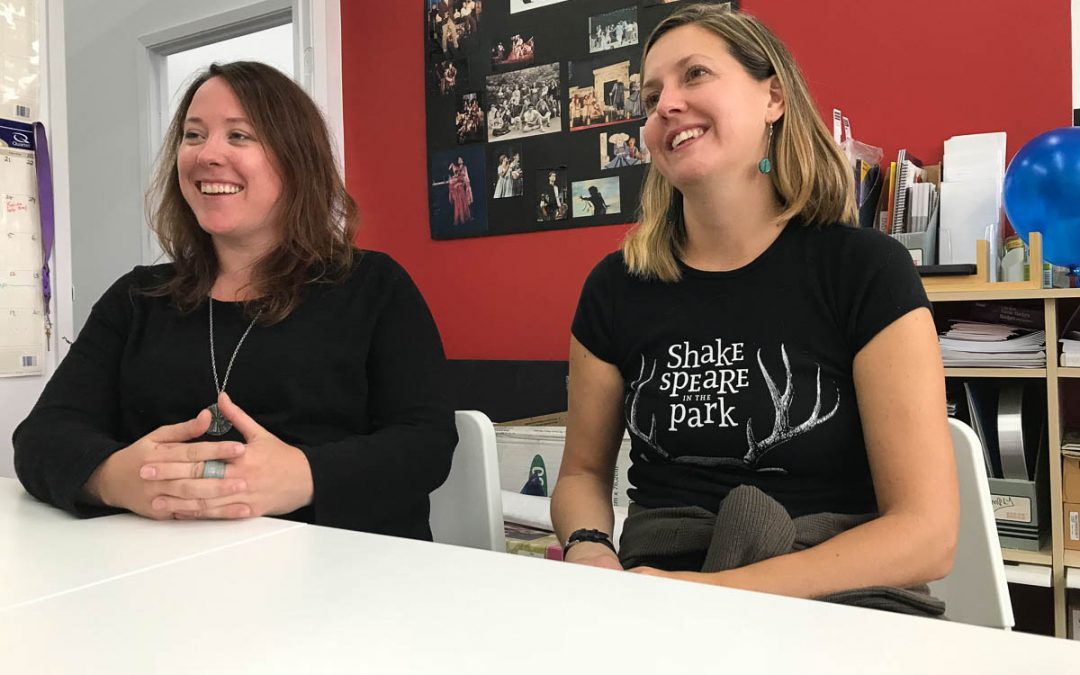
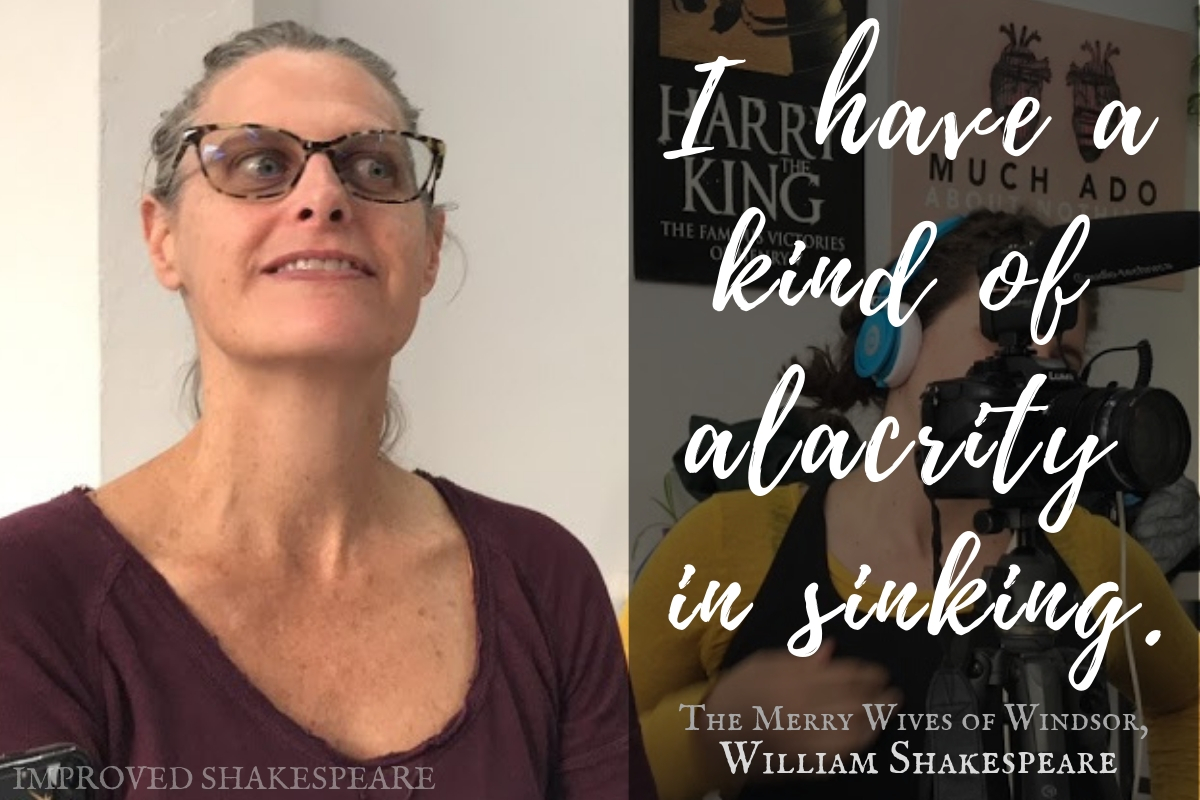
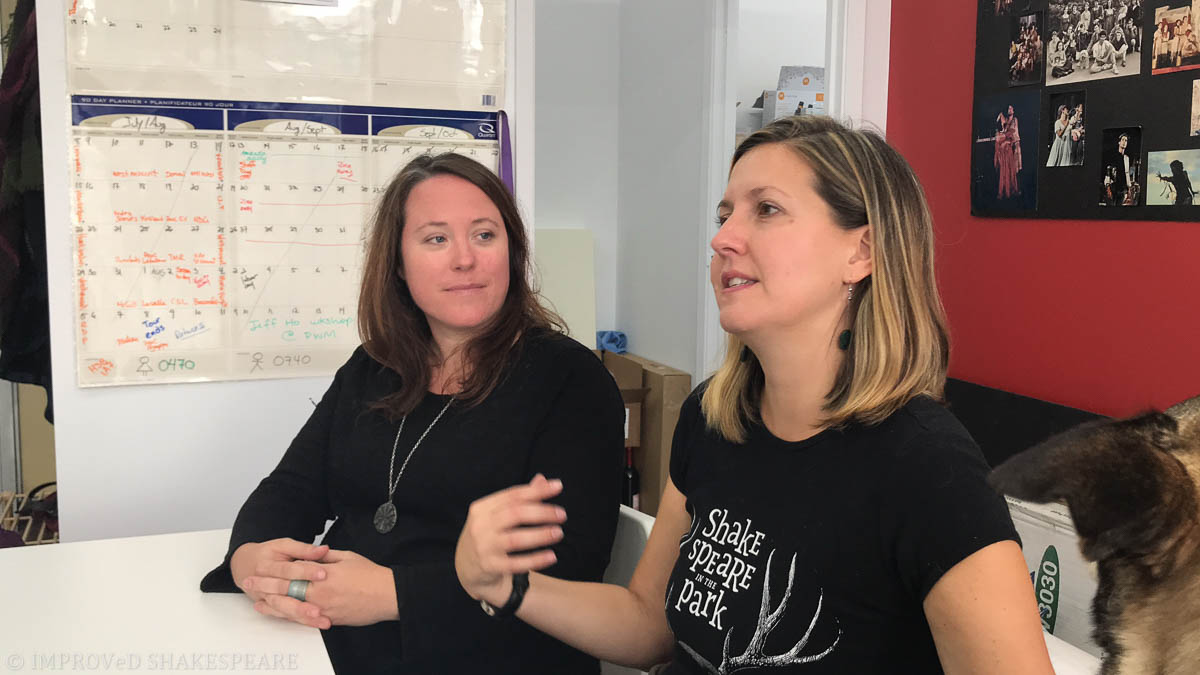
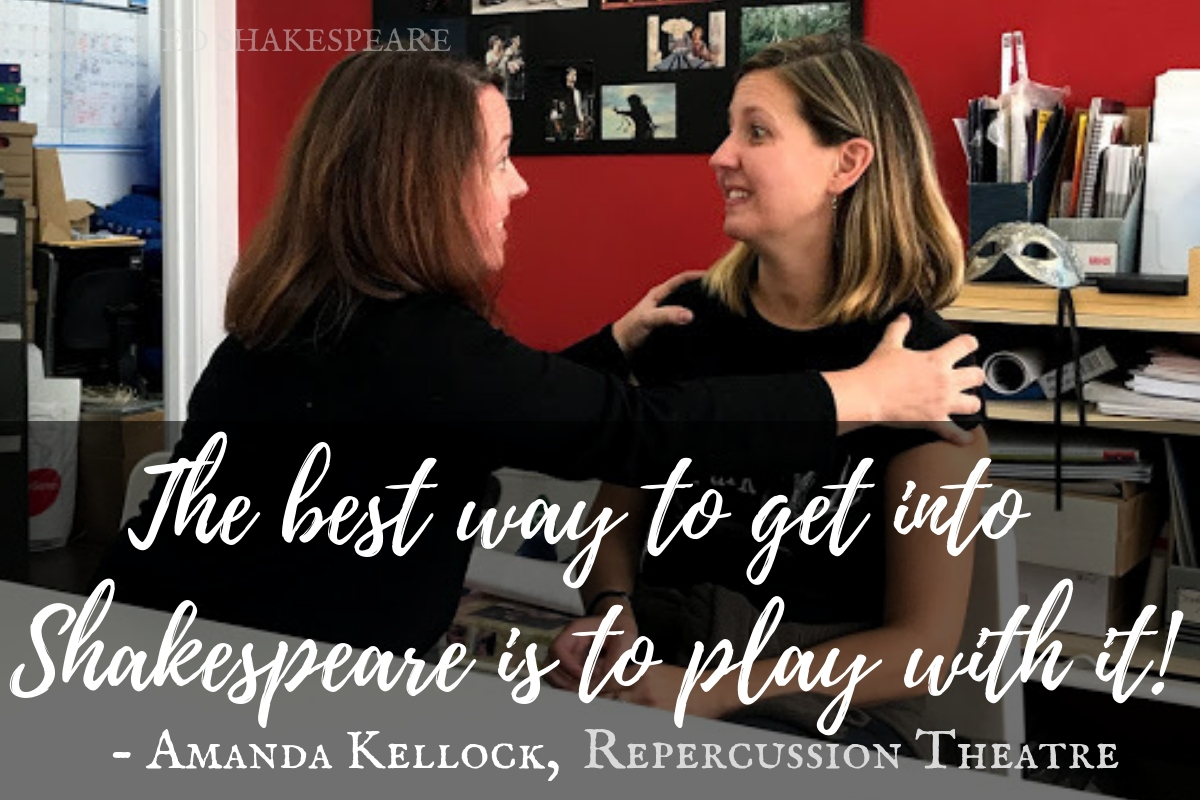
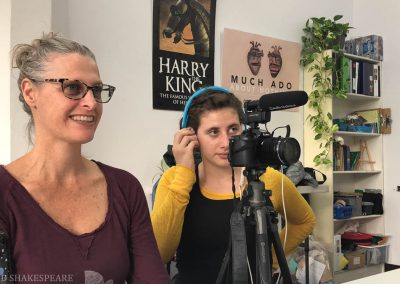


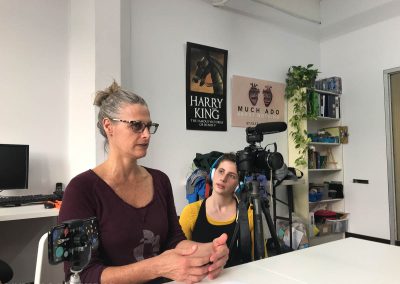
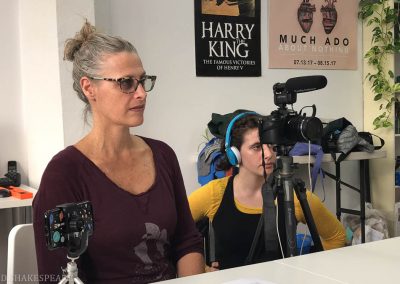

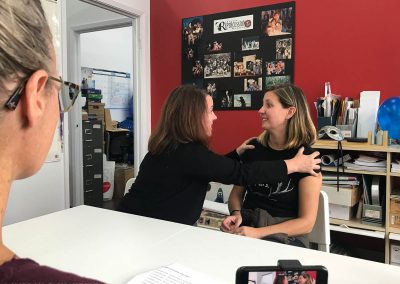
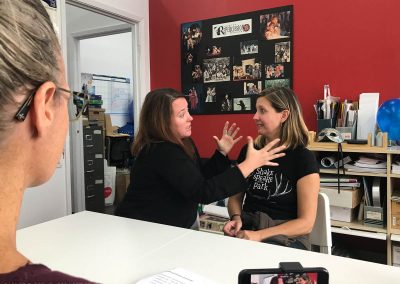

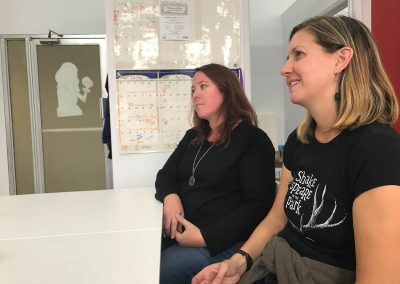
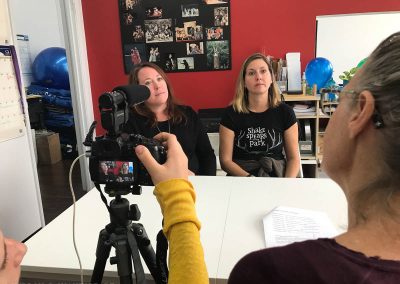
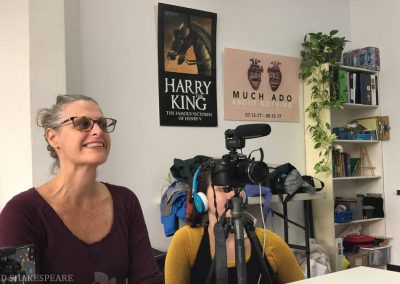
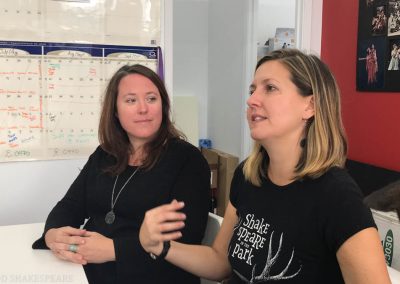
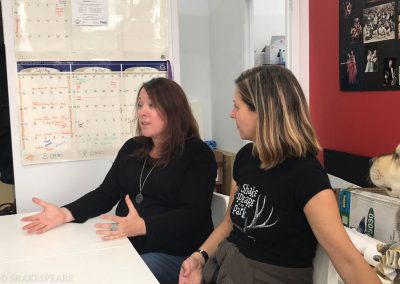

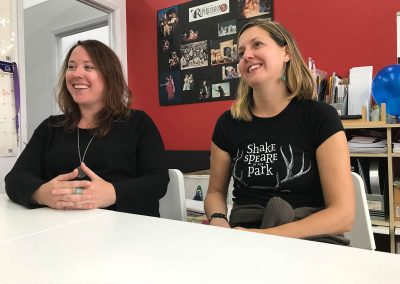




I wish I had such wonderful suggestions when I was teaching English in NYC…but I was fortunate that Andee Kinzy came to my classroom to do improvisations with my students.
Her world trip and the objectives for Global Hamlet show her vision and dedication. It is so worth watching Global Hamlet to see the work of this brilliant filmmaker and educator.